Contents:
Answering 6-mark explanation questions, also referred to as long response questions, in A Level Physics exams can feel daunting. It can be difficult to know what to include, how much to write, what order to do it in, and, more often than not, how to avoid spending oodles of time on a single question.
However, by mastering a few crucial skills and techniques, you can confidently aim for at least 4 out of 6 marks each time. This process, which I teach my own students, can be summarised into three key steps:
- Split the question up into manageable chunks
- Know definitions and processes
- Use mathematical notation to save time
In this article, we will explore each of these steps in detail and demonstrate how you can apply them effectively using various past paper questions across different exam boards. The main example we will use is this 6-mark question from the 2023 AQA AS Paper 1:
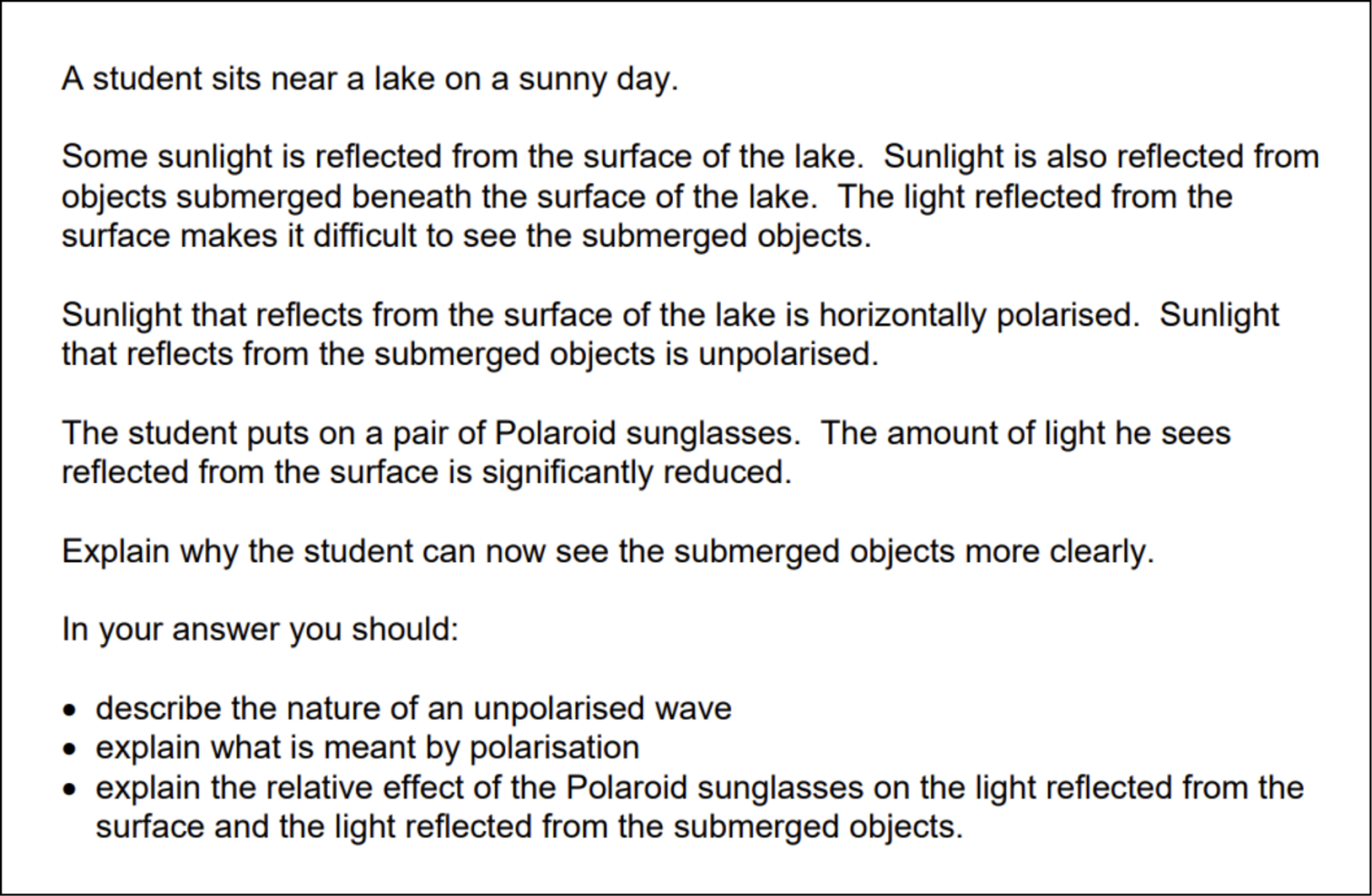
Regardless of your exam board, polarisation is a topic that is covered by all. I recommend trying the question out for yourself before reading on. Then, grab a clean piece of paper, read through the rest of this article, and gradually work on improving your answer.
Step 1: Split the question into manageable chunks
When outlining a 6-mark explanation question, most exam boards will tell you what should be included in your answer. Look out for phrases that follow a pattern like ‘Be sure to include…‘ or ‘In your answer discuss…‘, or look for bullet points, as seen in the exam question above.
One helpful way to break up the question into manageable chunks is to take the total number of marks (in this case, 6) and divide by the number of different ideas the question asks you to include. In the example above, there are three distinct bullet points to include in your answer. Hence, instead of writing a single, lengthy answer, you can split this 6-mark question into three 2-mark questions. This will help you save time and increase the likelihood of including the key ideas that are worth marks while avoiding repetition.
Often, 6-mark questions have a lot of introductory information that sets the scene. This information can be overwhelming and may steer you away from the main focus. For example, one OCR (A) question with over a paragraph of introductory text ends with the following:
‘Discuss how you could use the circuit of Fig. 7.1 to determine accurate values for Vmin and how data from the table can be used graphically to determine a value for the Planck constant.‘
Here, two key aspects of what to include in your answer are denoted by the words ‘how…to‘. This means you can break this question down into two parts, each worth 3 marks. The previous contextual information is not what you should focus on. Often, you can actually answer parts of the question without using much of the context at all.

For example, the second 3-mark question is a practical one that asks how to graphically determine Planck’s constant. To answer it, you need to: (1) describe the graph that should be drawn, specifically stating what is plotted on each axis to produce a straight line; (2) use equations to outline the relationship between the quantities on each axis; and (3) state what the gradient and/or y-intercept represents and link this to Planck’s constant. The only information from the context we need would be the data from the table that they allude to in the question.
This process is true for any graphical analysis from practical measurements at A Level. Always plot a graph that gives you a straight line, determine what the equation of the line will be, and link this equation to y = mx + c. Then, see whether the gradient or y-intercept represents what you need to determine. This is a specific skill set that you can practise with a tutor, enabling you to do this quickly and accurately to secure those 3 marks. It is also an essential skill for many of the practically oriented papers.
Please note that, for some graphs, you will need to use other maths skills, such as working with logarithms or roots. If you’re taking AQA, be aware that some graphs may even use logarithmic scales.
Top tip
To practise linking y = mx + c to physics equations, take a look at your formula sheet and complete the following exercise: for each equation, identify which quantities should be plotted on the axes to produce a straight line, and hence, what can be determined from the gradient and y-intercept.
Step 2: Know definitions and processes, and use them to your advantage
Most explanation questions will ask you to include definitions or particular processes in your answer. While knowing how to apply these to the context provided can be tricky, you will always gain at least 1 mark for stating them explicitly.
I’ve compiled a list of some of the more common definitions and descriptions you should know by heart, which you can find below. If any of these seem different from how you’ve learned or understood them, I highly recommend working through them with a tutor. I’ve tried to present these definitions in a way that allows you to apply them to various concepts and situations you might encounter in questions:
An unpolarised wave oscillates in more than a single plane, with the oscillation of particles perpendicular to the direction of energy propagation.
 A vertical plane polarised wave has oscillations restricted to one plane, where the plane and direction of propagation are coplanar.
A vertical plane polarised wave has oscillations restricted to one plane, where the plane and direction of propagation are coplanar.
• Total energy
• Momentum
• Charge (this also means current!)
• Baryon number
• Lepton number
*Strangeness is conserved in strong and EM interactions, but not in weak interactions.
*Please note that the direction of the EMF matters when applying this.
*This is a qualitative rule that is based on energy conservation principles.
I recommend that you expand this list as you come across various definitions and processes throughout your A Level Physics studies.
Top tip
Gather as many past 6-mark questions from your exam board as possible and note the definitions required to answer them.
Step 3: Use mathematical notation to save time
Many words in explanation questions can be effectively replaced with mathematical symbols, equations, and diagrams, which still earn you marks. If you’re still using words or phrases like ‘hence‘, ‘therefore‘, or ‘because of‘, you’re wasting time in your explanations. Instead, you can simply use the symbol ‘∴’, which is quicker and fully accepted by examiners. Similarly, using proportionality symbols, equations, graphs, and diagrams can save you a lot of time. Sometimes, trying to put a logical explanation into words can be tricky and may result in contradictions or incorrect phrasing that doesn’t earn you the marks.
Top tip
An explanation answer does not need to be in words only. Utilise mathematical symbols, diagrams, graphs and equations to help clearly structure your answer and save precious time.
Here are two examples that compare a fully written explanation with a more mathematical and diagrammatic answer.
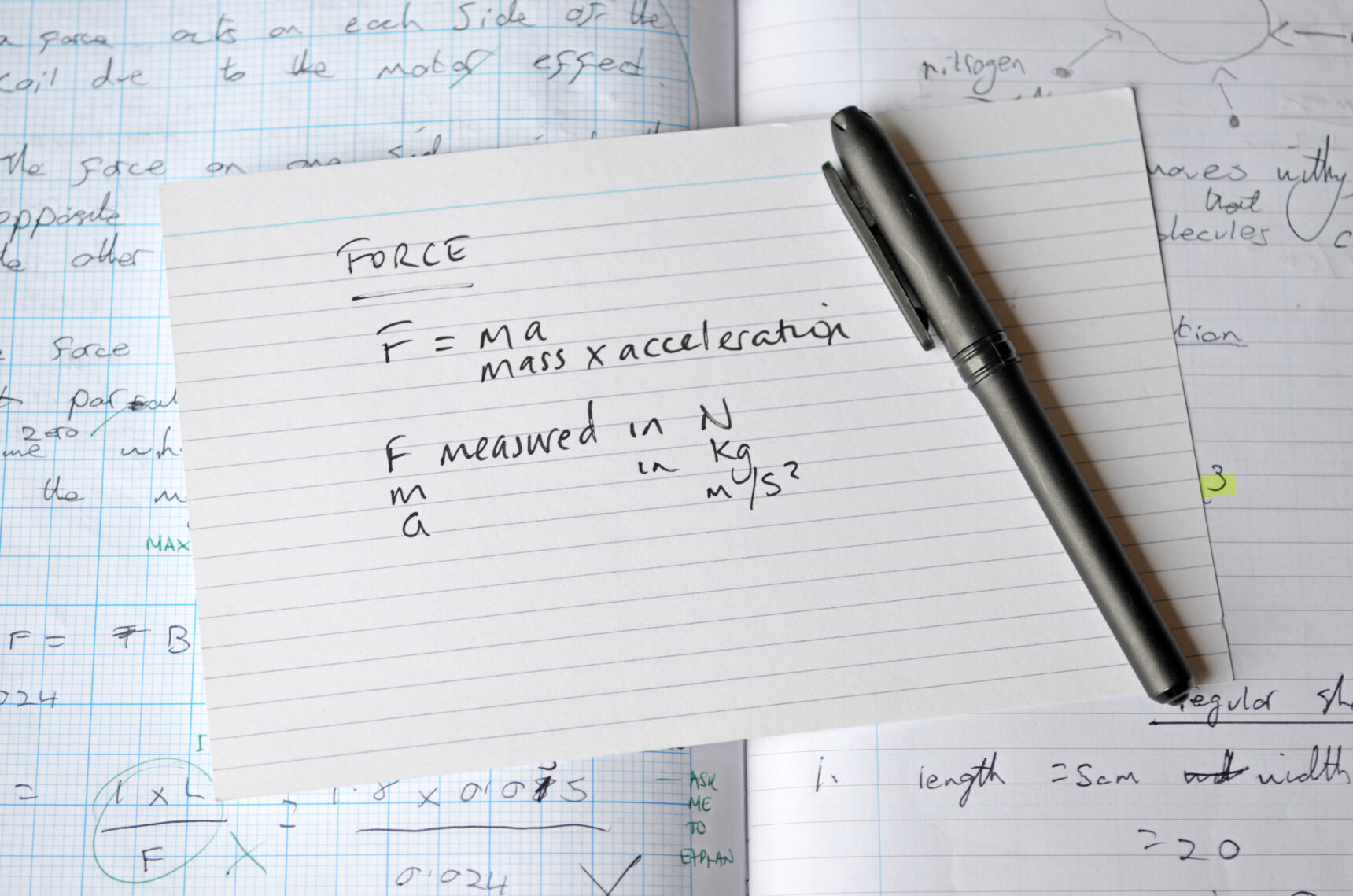
Example 1
Question: A red laser that passes through a diffraction grating, forming an interference pattern on a screen, is replaced with a white light source. Describe how the interference pattern has changed.
Answer in words only: The central maximum is now white instead of red. White light consists of a continuous spectrum of wavelengths that the diffraction grating separates for subsequent maxima, with the shortest wavelength, violet, appearing nearest to the central max and red (longest wavelength) appearing furthest away. The further from the central maximum we go, the dimmer the pattern becomes.
Answer using mathematical notation and diagrams: Since n𝜆 = d·sin(θ) and 𝜆red > 𝜆violet ∴ θred > θviolet and so the light diffracts into a spectrum, as seen in the diagram. The pattern repeats but gets dimmer further from the central maximum.
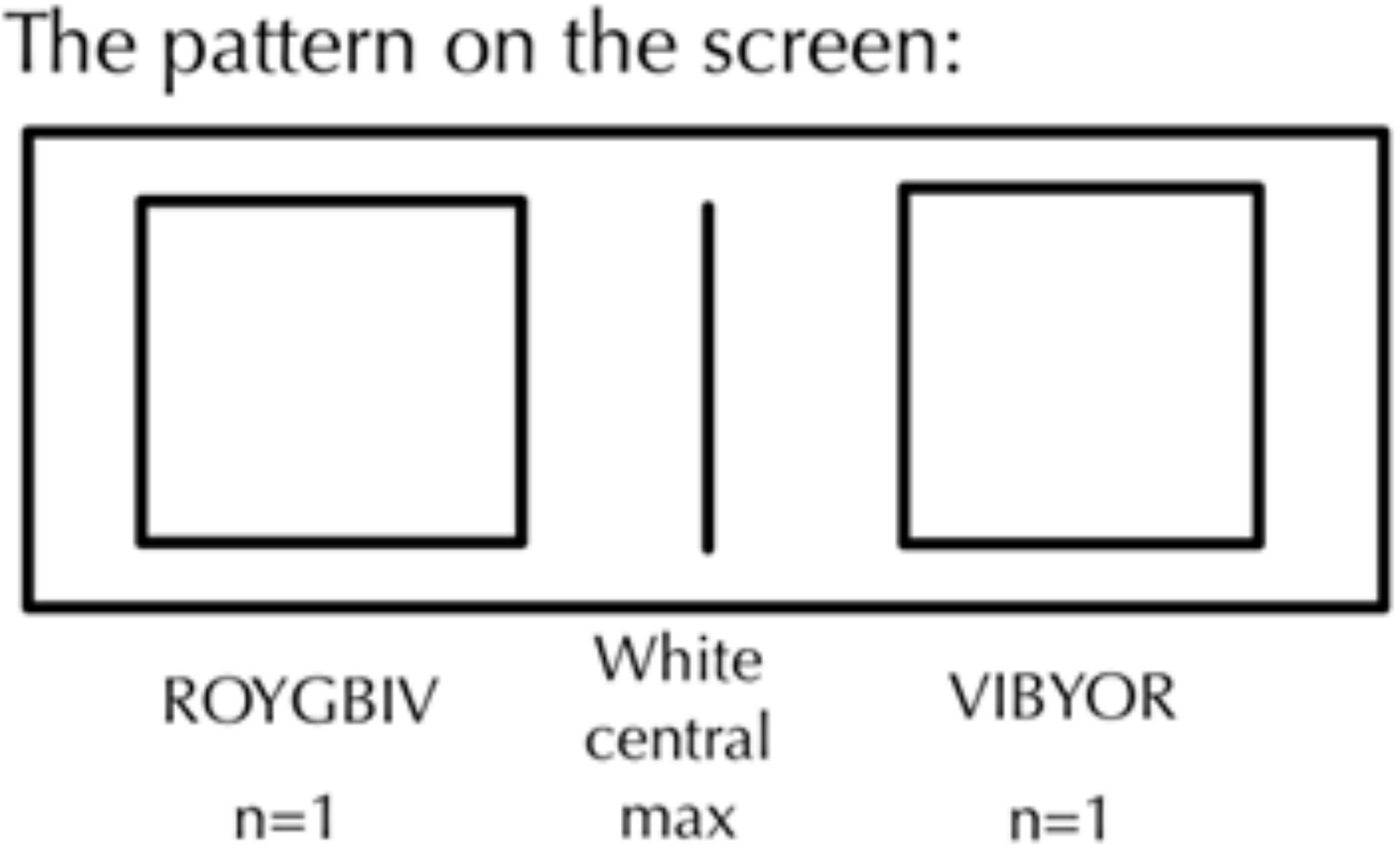
Example 2
Question: Describe and explain the I-V characteristic of a filament bulb.
Answer in words only: The graph is initially linear, indicating an Ohmic relationship where the resistance of the filament lamp is constant. However, as more current passes through the bulb, it heats up, causing an increase in vibrations of the lattice ions, which increases the resistance. This can be seen on the graph as the gradient decreases with increasing voltage and/or current.
Answer using mathematical notation and diagrams: Resistance R = V/I = constant when I ∝ V in the linear part of the graph. As the gradient decreases, R increases. This is due to an increase in the vibrations of the lattice ions as the bulb heats up.
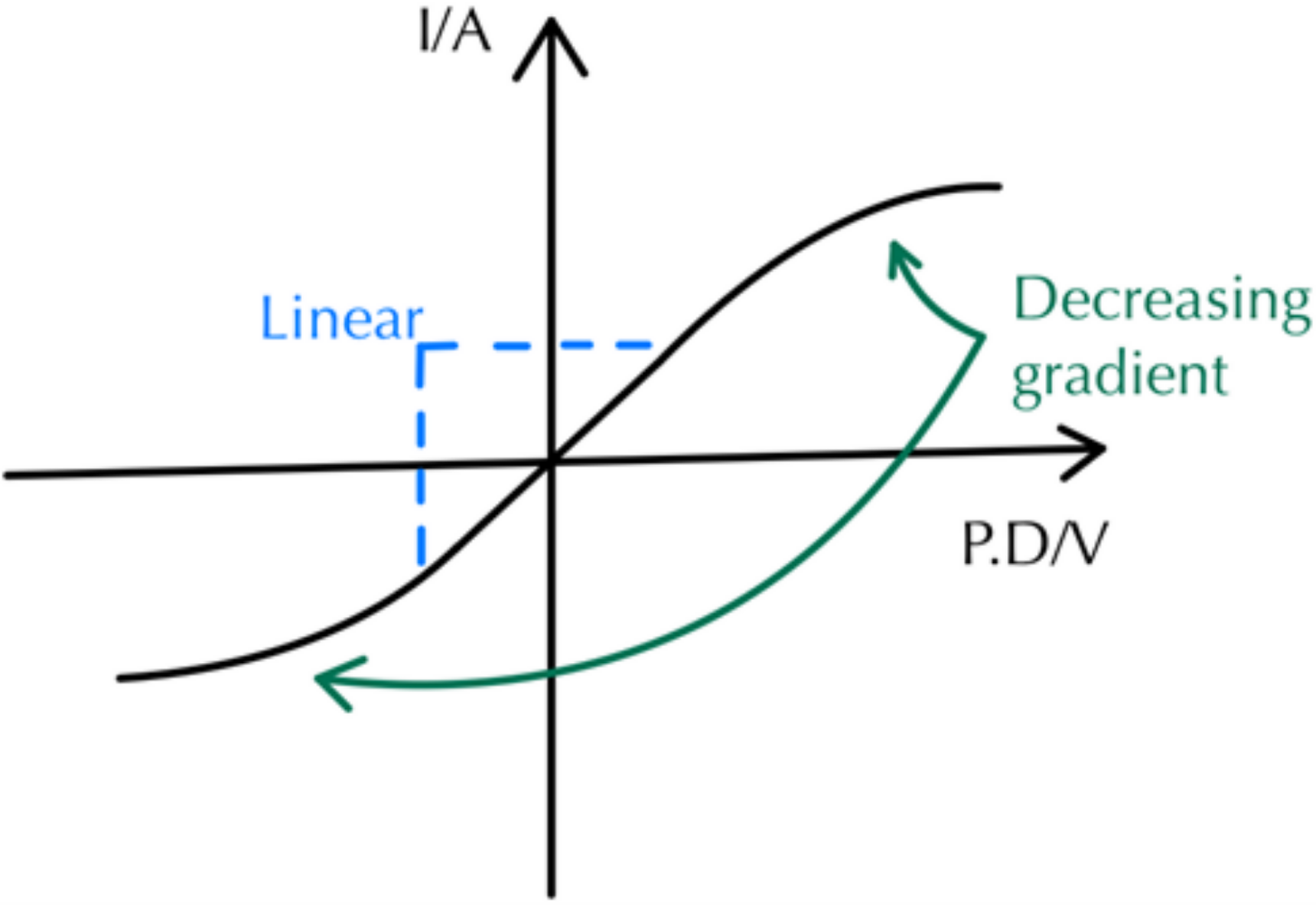
I hope these examples demonstrate alternative ways of answering the same question. You will find that diagrams and equations can often convey key ideas quickly and precisely.
Top tip
Diagrams don’t need to be pretty. While my examples are designed to be attractive for the sake of this article, a quick labelled sketch is all you need to get the marks!
Bringing it all together
Let’s answer our original question using the three steps of: (1) splitting it up into manageable chunks; (2) using definitions and processes; and (3) using mathematical notation.

Step 1:
This can be split into three 2-mark questions where we just need to answer:
- Describe the nature of an unpolarised wave
- Explain what is meant by polarisation
- Explain the relative effect of the Polaroid sunglasses on the light reflected from the surface and the light reflected from the submerged objects*
*You only need the context for part 3. Parts 1 and 2 can be answered using your definitions and processes.
Step 2:
Writing out our definitions will automatically answer parts 1 and 2 and gain us 4 marks:
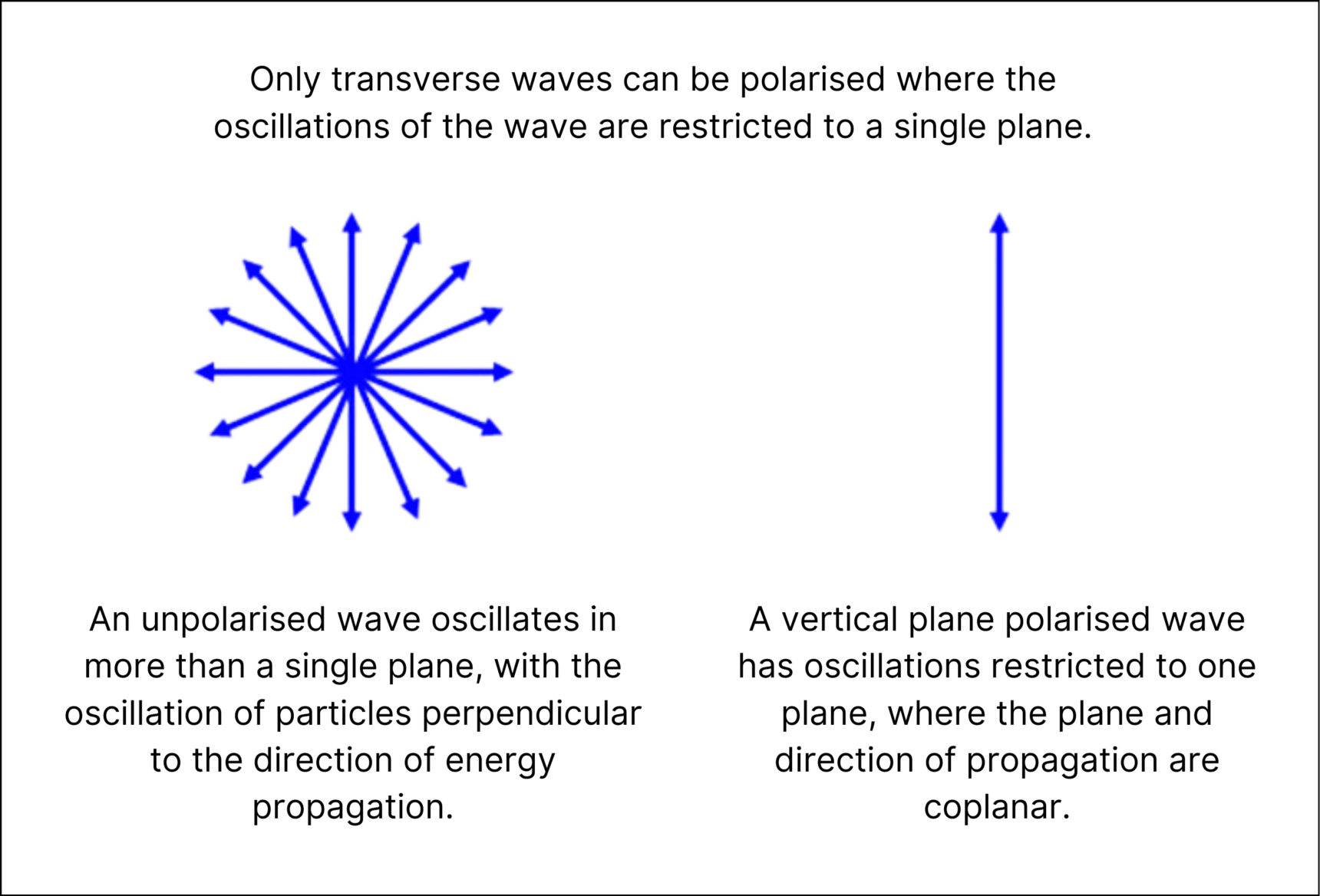
Step 3:
Using further diagrams, symbols, and/or equations to answer part 3 of the question.
Note: The exam boards differ a little, with some teaching Malus’ law, which links the intensity of light transmitted through a polaroid to the angle between the planes of transmission, while others, like AQA, do not. Since this is an AQA question we will answer it without using any equations.
For this part of the question a labelled diagram with a short explanation goes a long way:
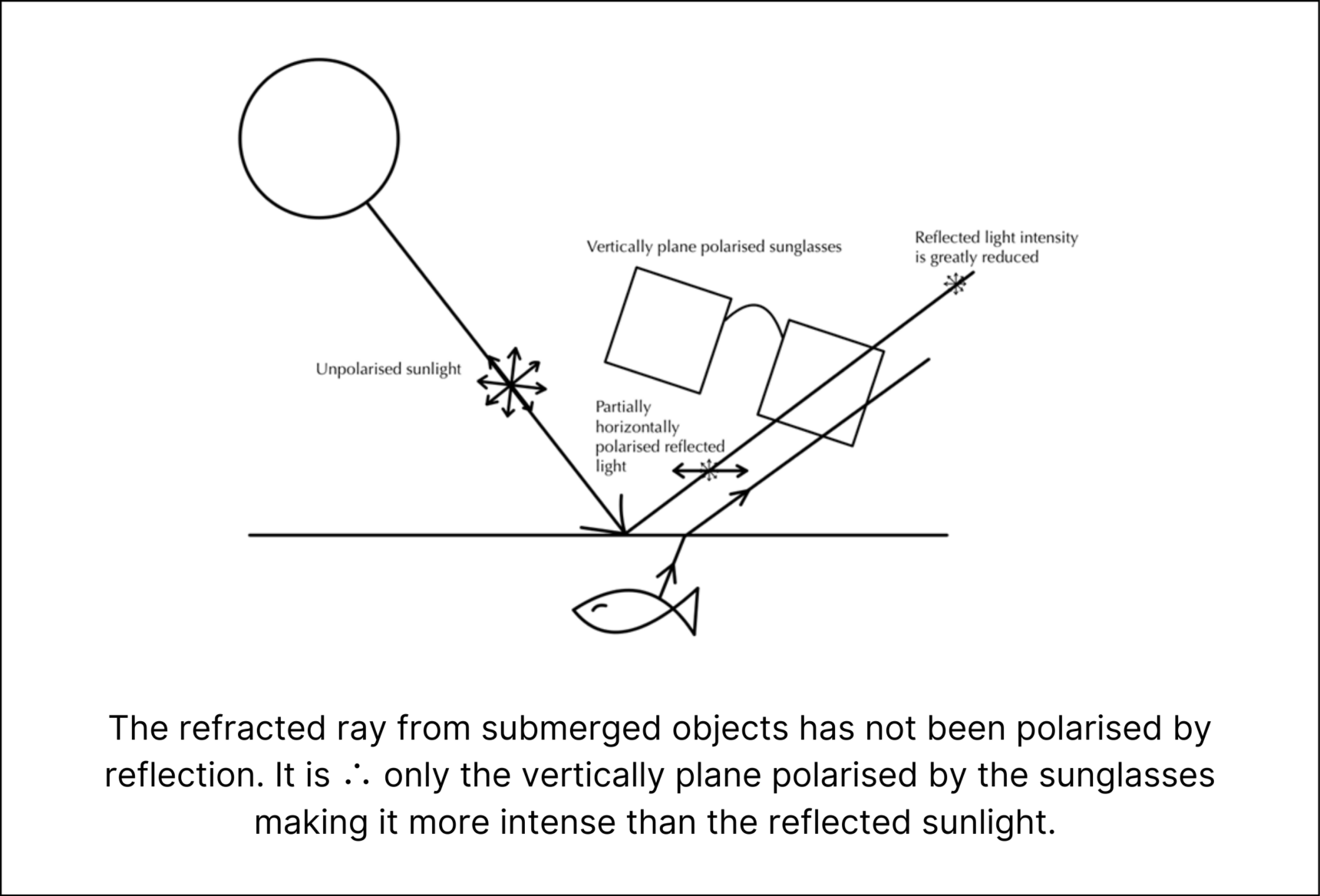
This diagram may be a little tough to sketch out, but remember, it only needs to be a sketch.
It’s also possible that spending too much time on this in the exam might not be the best approach, so I often recommend that students go for the quick marks on these questions that guarantee at least 3-4 marks.
Finally, please remember that the length of your response does not matter. You will only receive marks for correct scientific content that addresses the requirements of the question. Repeating ideas, introducing contradictions, or writing lots of waffle won’t earn you extra marks; it will just cost you time.
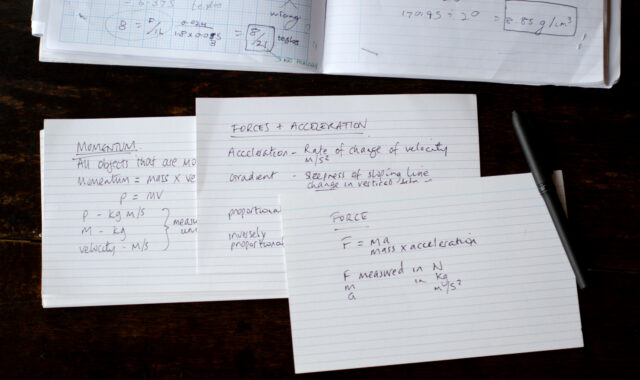



Comments